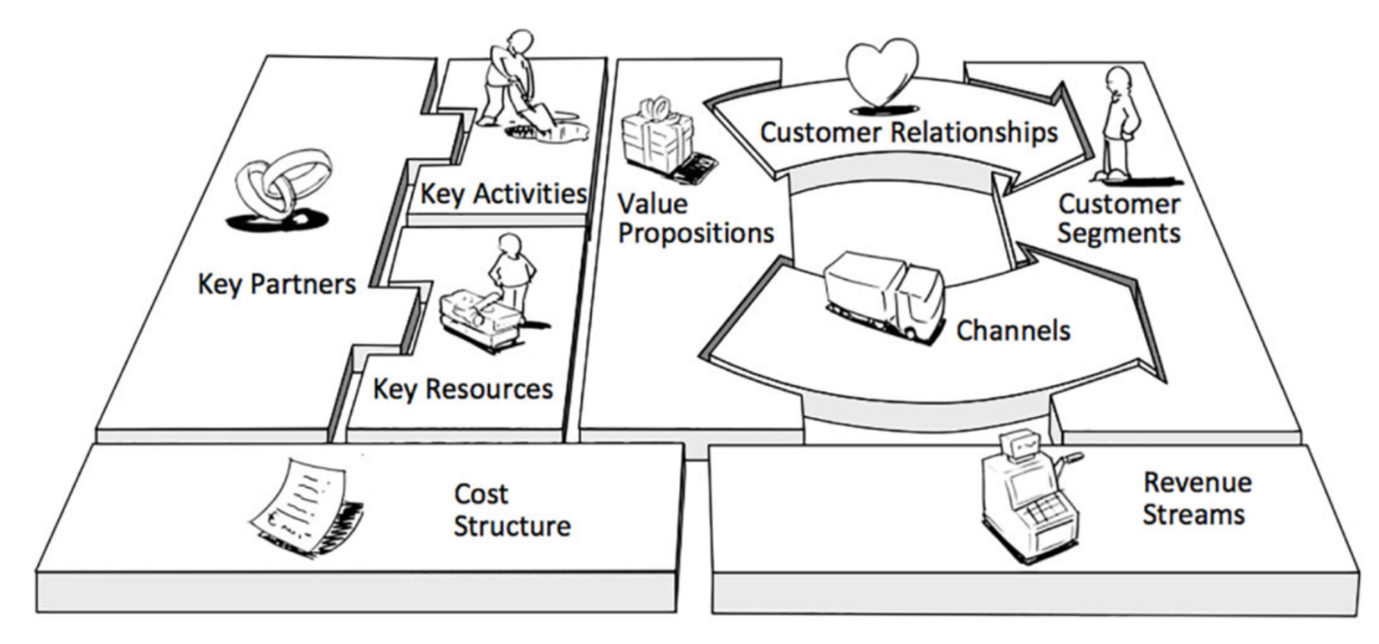Introduction
In the dynamic landscape of modern business, where customer expectations shape success, adopting a customer-centric business model is no longer a choice but a strategic imperative. This article delves into the key principles and strategies for building a business model that revolves around the needs and preferences of customers, fostering loyalty and sustainable growth.
Defining Customer-Centric Business
A customer-centric business model places the customer at the core of every decision and action. It goes beyond offering excellent products or services; it prioritizes understanding customer needs, delivering exceptional experiences, and building lasting relationships.
The Shift in Business Paradigm
Traditionally, businesses focused on product-centric models, emphasizing features and functions. However, the digital age has brought a paradigm shift. Successful companies now recognize that customer experience is a key differentiator, influencing purchasing decisions and long-term loyalty.
Customer Understanding
A deep understanding of customer needs, preferences, and pain points is foundational. Utilize data analytics, surveys, and customer feedback to gain insights into their behaviors and expectations.
Personalization
Tailor products, services, and interactions to individual customer preferences. Personalization enhances the customer experience, making them feel valued and understood.
Seamless Customer Journey
Create a seamless and consistent customer journey across all touchpoints. Whether online or offline, customers should experience a cohesive and integrated brand presence.
Proactive Communication
Proactively communicate with customers, providing relevant information, updates, and personalized offers. This builds trust and engagement, contributing to a positive brand perception.
Customer Feedback Loop
Establish a continuous feedback loop. Actively seek and listen to customer feedback, and use it to refine products, services, and overall customer experience.
Employee Engagement
Engaged employees are more likely to deliver exceptional customer service. Foster a culture where employees understand and value the importance of customer satisfaction.
Flexibility and Adaptability
A customer-centric business model requires flexibility and adaptability. Stay attuned to market changes, evolving customer needs, and emerging trends, adjusting strategies accordingly.
Customer Journey Mapping
Map the customer journey from awareness to post-purchase interactions. Identify pain points and opportunities for improvement, ensuring a positive and satisfying experience at every stage.
Invest in Technology
Leverage technology to enhance customer interactions. Implement customer relationship management (CRM) systems, chatbots, and data analytics tools to streamline processes and improve personalized experiences.
Employee Training and Empowerment
Train employees to prioritize customer satisfaction. Empower them to make decisions that benefit the customer, fostering a customer-centric mindset throughout the organization.
Omnichannel Presence
Ensure a consistent brand presence across all channels – online and offline. An omnichannel approach provides a unified experience, allowing customers to seamlessly transition between different touchpoints.
Measure Customer-Centric Metrics
Establish key performance indicators (KPIs) that reflect customer-centric success. Monitor metrics such as customer satisfaction scores, Net Promoter Score (NPS), and customer retention rates.
Iterate Based on Feedback
Use customer feedback as a catalyst for improvement. Iterate on products, services, and processes based on the insights gained from customer interactions and feedback.
Increased Customer Loyalty
A customer-centric approach fosters loyalty. When customers feel understood and valued, they are more likely to remain loyal and become advocates for the brand.
Improved Customer Retention
By focusing on customer satisfaction and experience, businesses reduce churn rates. Satisfied customers are less likely to switch to competitors.
Enhanced Brand Reputation
A positive customer experience contributes to a strong brand reputation. Word-of-mouth recommendations and positive reviews can significantly impact how a brand is perceived.
Higher Profitability
Loyal customers are more likely to make repeat purchases and may also spend more on additional products or services. This contributes to higher customer lifetime value and increased profitability.
Competitive Advantage
In a crowded market, a customer-centric business model provides a competitive advantage. Businesses that prioritize customer satisfaction stand out and differentiate themselves from competitors.
Conclusion
Building a customer-centric business model is not a one-time task but an ongoing commitment to understanding, prioritizing, and meeting customer needs. By embedding customer-centricity into the organizational culture, leveraging technology, and continually iterating based on customer feedback, businesses can create lasting relationships, foster loyalty, and position themselves for sustained success in the ever-evolving business landscape.















